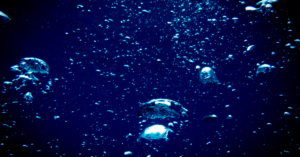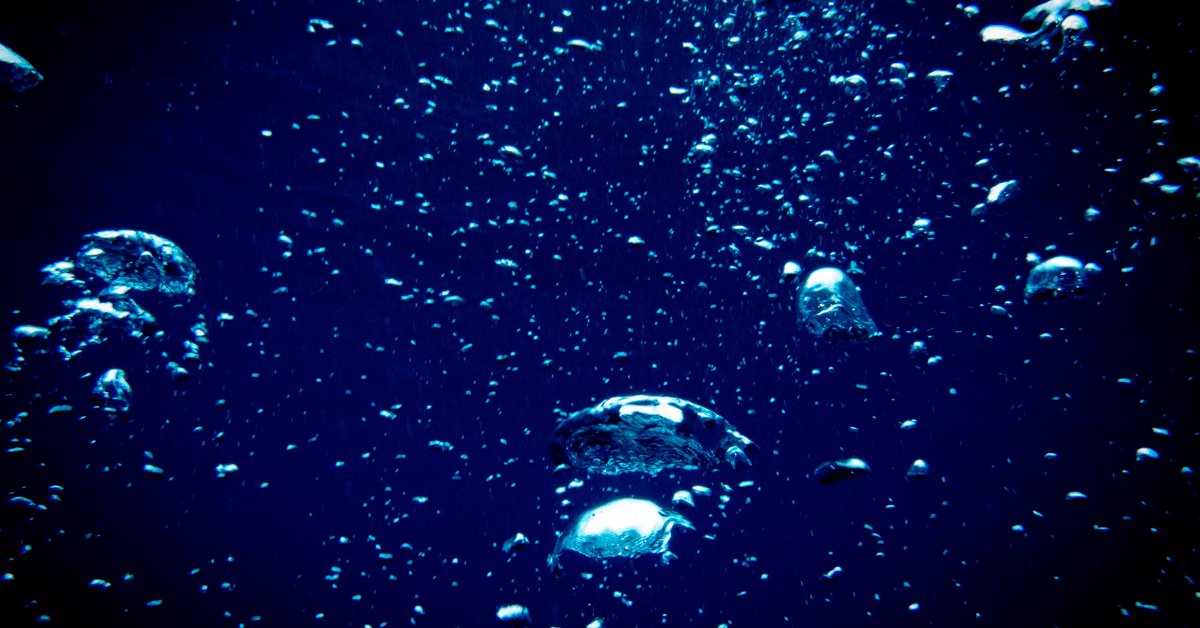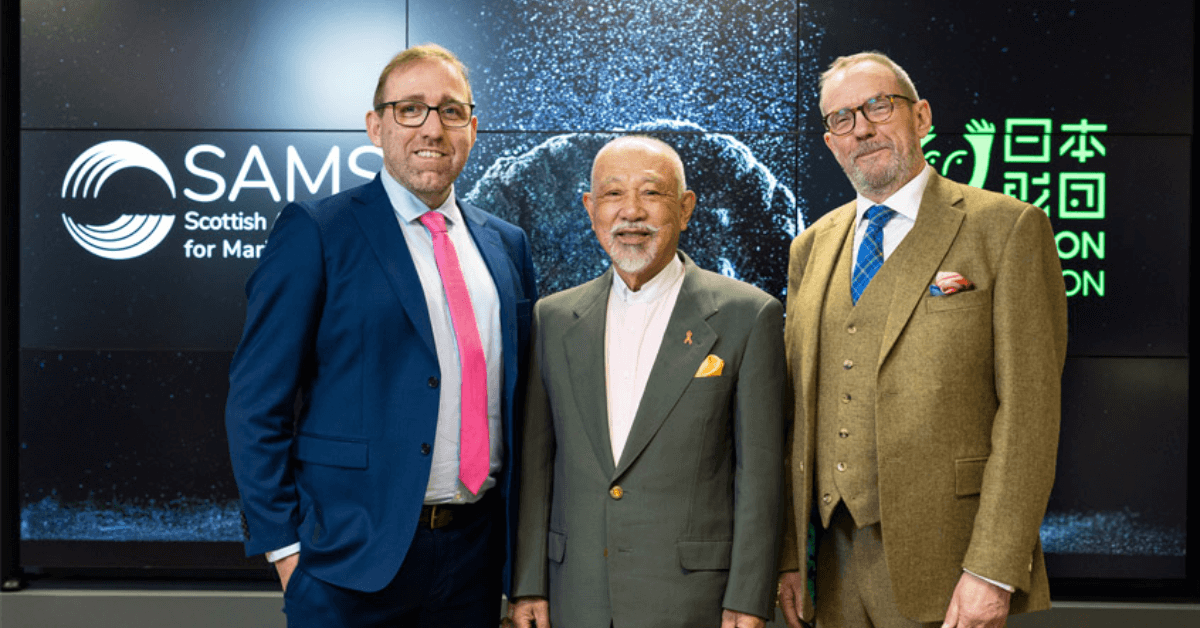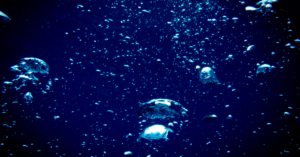
China Takes Over Japan To Lead World’s Most Valuable Shipping Fleet With $255 Bn
January 24, 2025
Suez Canal To Operate At Full Capacity With Return Of Red Sea Stability
January 24, 2025

A team of researchers, led by Professor Andrew Sweetman of the Scottish Association for Marine Science (SAMS), has discovered a new form of oxygen, called “Dark Oxygen,” which is produced in complete darkness on the ocean floor.
This discovery is in contrast to the long-standing belief that oxygen is only produced through photosynthesis, which requires light.
The team first made this discovery last summer while studying the deep ocean in the Pacific. They found that oxygen can be created on the ocean floor, where light does not enter, contradicting the idea that sunlight is necessary for oxygen production.
The discovery of Dark Oxygen was a breakthrough in marine science, with questions in mind about how life might have started on Earth and how life could be supported in places where sunlight doesn’t reach.
The Nippon Foundation, a Japanese philanthropic organization, is providing £2 million to support further research into Dark Oxygen. This funding will allow the researchers to send specially designed sensors to the deepest parts of the ocean and study the phenomenon more thoroughly.
The research will take place over three years, and it will focus on understanding where and how Dark Oxygen is produced.
The main goal of the research is to find whether Dark Oxygen is produced in other deep-sea areas and to identify its source.
The researchers suspect that Dark Oxygen could be related to manganese nodules found on the ocean floor, which contain metals like manganese and cobalt. These nodules might play a role in producing Dark Oxygen, but further research is needed to confirm this.
Professor Sweetman explained that the discovery of Dark Oxygen is a “paradigm shift” in our understanding of the deep ocean and life on Earth.
“If we show that oxygen can be produced in the absence of light, it opens up new possibilities for life on other planets. We are already in talks with experts at NASA who believe that this discovery could change how we think about life beyond Earth,” he said.

The research team will use special equipment, called autonomous landers, to collect data from depths of up to 11,000 meters. These landers will be able to withstand enormous pressure, over one ton per square centimetre.
The team will measure the concentration of oxygen and hydrogen in the deep ocean to better understand the process of Dark Oxygen production. They will also study whether hydrogen, produced alongside Dark Oxygen, can be used as an energy source by the microbes living on the ocean floor.
This research will also explore the impact of climate change on biological activity in the deep ocean.
The deep ocean, particularly the Hadal Zone (which reaches depths of 6,000 to 11,000 meters), is a largely unexplored part of the planet. This research will be the first to explore these areas in such detail.
The landers used in the study will be the first UK-based equipment capable of sampling the ocean floor at depths below 6,000 meters, which has never been done before.
The Nippon Foundation, which is funding the research, discussed the importance of understanding the deep ocean. Yohei Sasakawa, the Chairman of the Nippon Foundation, said that the sea is essential for sustaining human life and biodiversity, but much of it remains unknown.
“We are proud to support this research, which we hope will lead to a better understanding of the deep ocean and the life that exists there,” Sasakawa said.
The project has been endorsed by the International Oceanographic Commission (IOC) of UNESCO as part of the UN Ocean Decade activities, which aims to increase knowledge and awareness of the ocean.
Reference: SAMS
Source: Maritime Shipping News


